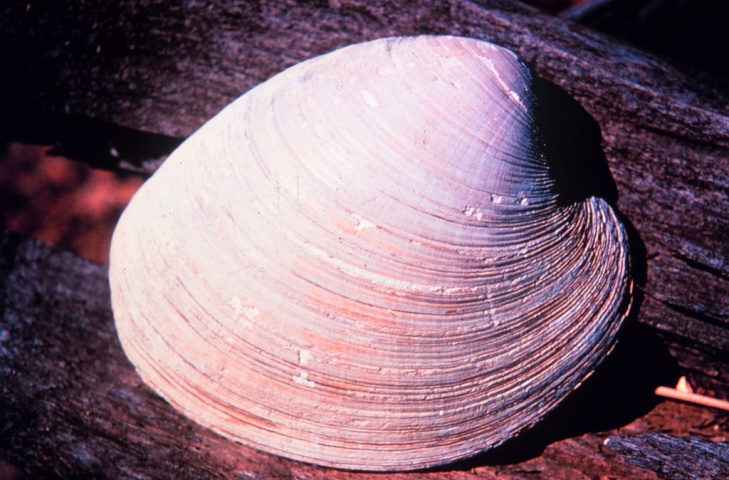Future City Lab: The Value of Money
Wampum in the New World, Tolerance in Our Own
Interdisciplinary

Time Estimate: 1 hour 45 minutes (2 sessions)
Connection to Future City Lab: Living Together: How can we foster a more inclusive city?
Connection to Port City, 1609-1898: Dutch Trading Colony, 1609-1664
Objectives:
Students will:
-
Begin to understand where money gets its value
-
Contemplate cultural practices other than their own
-
Deepen their understanding of the interaction between Native peoples and European colonists
Materials:
-
Handouts: reading, activity sheet, and reference maps
Standards:
-
CCSS.ELA-LITERACY.RI.4.2: Determine the main idea of a text and explain how it is supported by key details; summarize the text.
-
CCSS.ELA-LITERACY.RI.4.3: Explain events, procedures, ideas, or concepts in a historical, scientific, or technical text, including what happened and why, based on specific information in the text.
-
CCSS.ELA-LITERACY.RI.4.4: Determine the meaning of general academic and domain-specific words or phrases in a text relevant to a grade 4 topic or subject area.
Guiding Questions:
- Where does money get its value?
- How can we be sensitive to and understanding of the practices of cultures that are not our own?
- Do in Advance
- Introduction (5-10 minutes)
- Reading comprehension (30 minutes)
- Group discussion (15-20 minutes)
- Journaling (15-30 minutes)
- Mapping Activity (15 minutes)
- Conclusion
- Extension Activities
Procedures
In this lesson, students will be challenged to think about where money gets its value. They will read a challenging excerpt on Native American wampum and how it was co-opted by Dutch settlers. They will discuss the reading as a class and then journal based on prompts that cover reading comprehension and analytical thinking. Finally, they will be encouraged to map the locations of various actors in the reading to reinforce their geographic and spatial reasoning.
This activity can be divided over separate class periods: the introduction, reading comprehension, and group discussion can span one day, and the journaling and mapping activity can function as a deeper review on the second (or be assigned as homework).
For background, read https://indiancountrymedianetwork.com/history/genealogy/from-beads-to-bounty-how-wampum-became-americas-first-currencyand-lost-its-power/
If able, consider showing images from the collections of the National Museum of the American Indian (http://www.nmai.si.edu/searchcollections/home.aspx, object type “wampum”). Notice two belts made by the Lenape, who are native to the New York City area.
You may also wish to have images of whelks and quahogs at the ready.
Ask students where they think money gets its value. Explain that money gets its value from the value we all agree to give it: that value is often determined by the beliefs of the people who use it. Nowadays, the U.S. dollar has worth because people believe that the U.S. banking system is stable, that we have an implicitly agreed-upon sense of fair pricing, and because the U.S. government regulates the amount of money in circulation so it keeps a generally steady value. In the past, we have also tied money’s worth directly to a finite resource, like gold, to give it value. But this always assumes that money is just used to buy things. What if people exchanged something like money to reinforce friendships, to show their commitments to do something, or to demonstrate respect? Today’s reading is going to tell us about wampum, a symbolic item used in northeastern Native American life, and how it got co-opted as money by early Dutch colonists.
Hand out the reading and the activity sheets. Explain that they’re going to start on Steps One and Two. Give students 20 minutes to work through the reading. Afterwards, give them 10 minutes to work on word definitions with a partner.
Lead students through a discussion, taking special care to review the words bolded in green.
Ask:
1.) What is this reading about?
2.) Did Native Americans use “money” in the same way we do?
3.) What happened to wampum’s ceremonial value when the Dutch colonists started to pay Native Americans to make (or “mass-produce”) wampum?
4.) About how long was wampum used as money? (Around 30 years.)
Give students time to think through some of the major themes and teaching points from the reading and discussion, and check for comprehension.
Using the handouts, have students color and label the regions and/or settlements of the various actors in the reading.
Have students think about why it's important to not impose a point of view on other people. Think about New York City as a place of great diversity, where people from all over the world come together. How can we be mindful of other cultural practices while reinforcing our common identities as New Yorkers?
Create a research project for the words marked in purple.
Use the map as a starting point for review or discussion of European colonization.
Additional resources:
http://www.onondaganation.org/culture/wampum/
Fieldtrips: This content is inspired by the Port City, 1609-1898 and Future City Lab galleries in the Museum’s flagship exhibition, New York at Its Core. If possible, consider bringing your students on a fieldtrip! Visit http://mcny.org/education/field-trips to find out more.
Acknowledgements
This series of lesson plans for New York at Its Core was developed in conjunction with a focus group of New York City public school teachers: Joy Canning, Max Chomet, Vassili Frantzis, Jessica Lam, Patty Ng, and Patricia Schultz.
This project was made possible in part by the Institute of Museum and Library Services.
The views, findings, conclusions or recommendations expressed in these lessons do not necessarily represent those of the Institute of Museum and Library Services.

